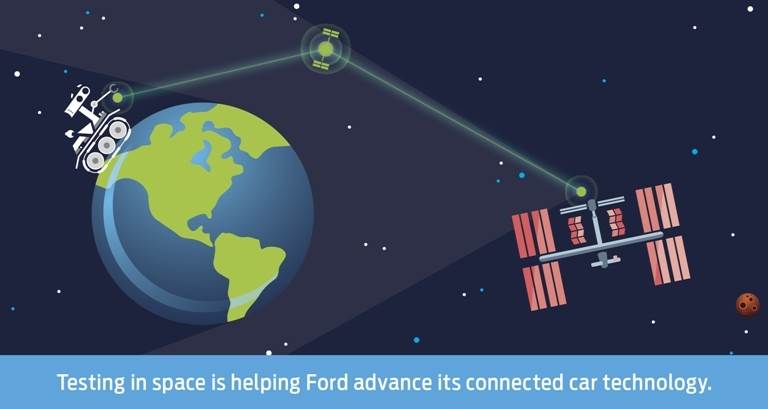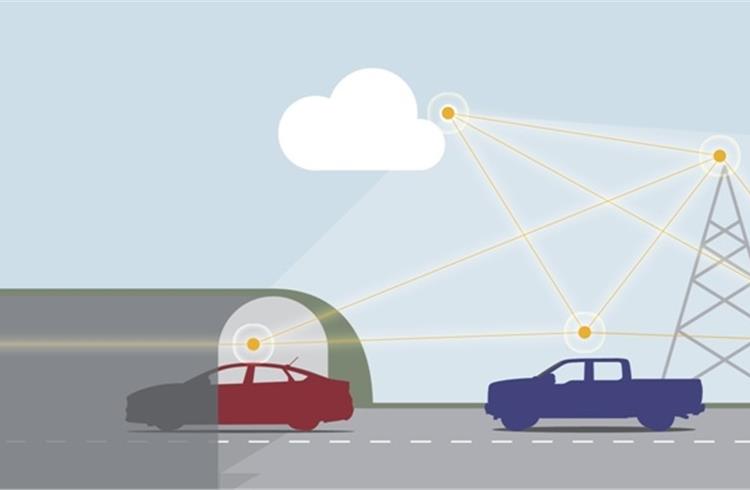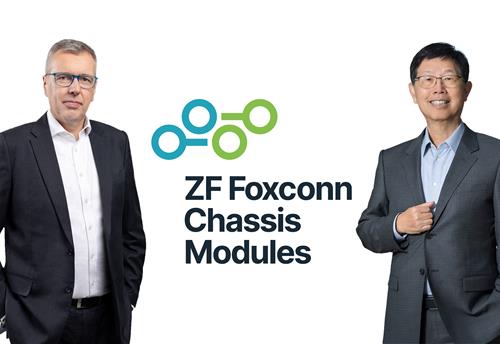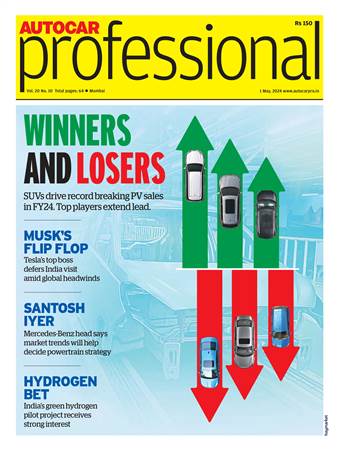Ford and St. Petersburg university use space test learnings for connected cars
The primary goal of the three-year joint project was the development of robust communication technology to connect drivers and service providers with information and services on the cloud.
Ford Motor Company and St. Petersburg state polytechnic university have reached the final phase of a large-scale research project aimed at enhancing vehicle communication technology. As a result of the work that leverages university telematics expertise in space robot communications, Ford has filed several patents on technologies that can serve to advance connected cars of the future.
The primary goal of the three-year joint project was the development of robust communication technology to connect drivers and service providers with information and services on the cloud. The key problem Ford set out to address was maintaining reliable communication between vehicles and the cloud in conditions where there was wireless network overload or poor connectivity.
“The challenge of creating a robust wireless communications network is shared between the space and automotive industries,” said Oleg Gusikhin, technical leader, advanced connected services, Ford Research & Advanced Engineering. “These first results are very promising in terms of offering more reliable communications technology for the future of connected vehicles.”
How the prototype works
Data was collected and transmitted from moving vehicles, which featured an array of capabilities for a connection to the cloud – cellular, WiFi and communication with other vehicles and the infrastructure. The team created an intelligent connectivity manager that uses software and algorithms to select from available connections the option best suited to transmit data to the cloud, with each vehicle given the opportunity to assess the quality of communication channels and to transmit data.
The researchers developed a small-scale connectivity coverage map that keeps the features of the landscape, while incorporating data on fixed and mobile wireless access points, the quality of service of the available communication channels as well as traffic conditions.
Specifically, the team looked at sharing critical information regarding a road emergency with drivers in an area that has poor connectivity. In this scenario, a car entering a tunnel encounters black ice and needs to send a signal noting the slippery conditions for other vehicles. There’s no cellular reception, and WiFi is not an option because there’s no hotspot, but another car leaving the tunnel in the opposite direction has both vehicle-to-vehicle and a cellular connection.
The intelligent connectivity manager selects the second car’s vehicle-to-vehicle channel to deliver information gathered from the first car to the cloud so that it can then transmit a warning to other drivers of the dangerous conditions at the tunnel entrance. If no other cars are around, the connectivity manager would postpone sending the message until the first car leaves the tunnel and a cellular network becomes available.
In non-emergency situations, the connectivity manager can check the coverage map to determine the best point for service delivery. So if a vehicle is traveling in a remote area and a software update is sent out, the update would be delivered over the air when the connection is stronger.

What’s next?
In the future, as information will be collected at the same time from hundreds of vehicles, a universal connectivity map will reflect the current data at all times – acting as a database for implementing smart roads and smart city projects. This means that in any given situation, whether moving or parked, the vehicle with the most stable connection – cellular, embedded modem, WiFi, vehicle-to-everything – can be a resource to facilitate a reliable connection to information services, enhancing the connected experience for the entire motoring community.
Vladimir Zaborovsky, who heads up telematics for St. Petersburg State Polytechnic University, commented, “The developed solutions are of high reliability, scaleability and adaptability, and they open broad prospects for application – both in transportation logistics and in space robotics,” he said. “We’re looking forward to further collaborating with our colleagues from Ford.”
The project will be finalized by year-end, and the results could be integrated into Ford production programs – including vehicle-to-vehicle communication, the delivery of emergency messages and over-the-air software updates.
Applications in space
St. Petersburg State telematics researchers successfully carried out a series of experiments in space using the same multi-channel connectivity fundamentals that served as the basis for the research project with Ford. Astronauts aboard the International Space Station used a joystick to control a robot based on Earth amidst noisy conditions, operating signal time delays and equipment failures.
Now, the team plans to advance the technology to remotely control a group of robots assembling scientific equipment and satellites.
RELATED ARTICLES
Hyundai begins supplies of hydrogen fuel cell trucks in North America
Hyundai Motor Company, which has been actively working with partners to build a hydrogen value chain in North America, s...
ZF Foxconn Chassis Modules plots speedy growth with top tier customers
ZF Foxconn Chassis Modules, which supplies global premium and volume manufacturers and is represented at 25 locations wo...
Visteon opens high-tech automotive testing lab in Bulgaria
The facility, which is equipped with cutting-edge technology and houses over 70 highly skilled engineers, expands the co...





 By Autocar Pro News Desk
By Autocar Pro News Desk
 30 Sep 2015
30 Sep 2015
 2401 Views
2401 Views









